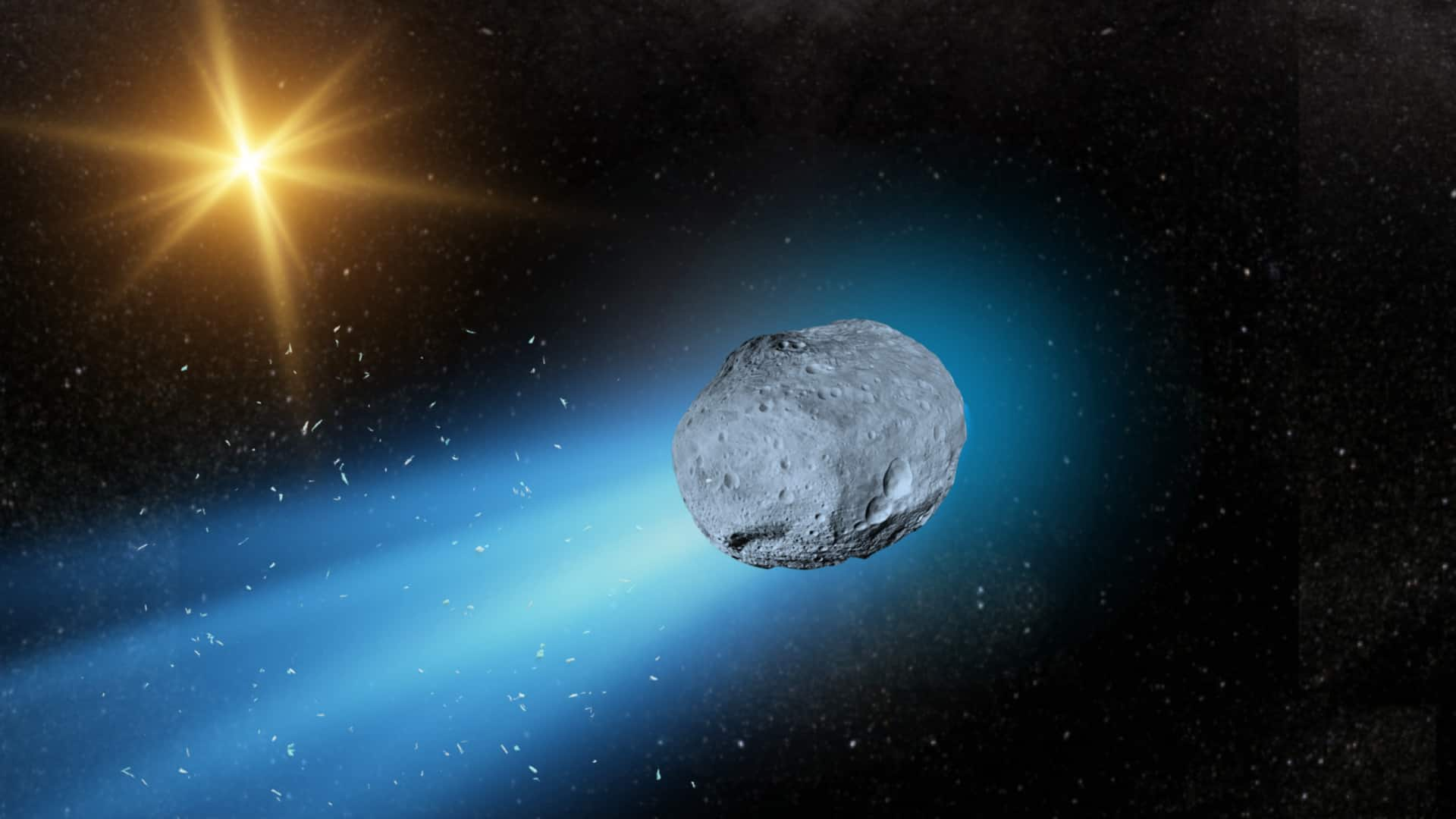
'Take vacation before October-29': Why object 3I/ATLAS has spooked scientists
What's the story
A Harvard astrophysicist has sparked a wave of online speculation with his cryptic warning to "take vacations before October 29." The statement has led many to believe that he could be hinting at an interstellar object, dubbed 3I/ATLAS, passing through our solar system. The object has drawn attention due to its massive size, strange chemical composition, and mysterious movement that defies conventional astronomical explanations.
Object profile
What is known about the object?
First detected in July, 3I/ATLAS is nearly as big as Manhattan, measuring some 5.6km wide and weighing a whopping 33 billion tons. It moves at an extraordinary speed, nearly twice as fast as other interstellar visitors like Oumuamua and Borisov. Its trajectory is also very precise, falling within five degrees of the planetary ecliptic plane, something rarely seen in natural celestial objects.
Chemical mystery
Chemical composition of the body
The chemical makeup of 3I/ATLAS has further deepened the mystery. Observations from Hawaii's Keck II telescope found that it emits nickel tetracarbonyl, a compound only known from industrial processes on Earth. The object releases some 4g of nickel per second and shows no signs of iron, a combination never seen before in any comet or asteroid.
Origin debate
Could be an alien spacecraft, says scientist
Dr. Avi Loeb, a Harvard University astrophysicist known for his unconventional theories, has suggested that 3I/ATLAS could be artificial in nature. He noted its unique chemical composition and behavior as possible signs of non-natural phenomena. The object releases gas jets toward the Sun, unlike the regular comets, and its finely tuned orbit could hint at deliberate design.
Agency response
NASA assures no threat to Earth
Despite the controversy, NASA has assured the public that 3I/ATLAS poses no threat to Earth and will safely pass through the inner solar system. However, Loeb has expressed skepticism about NASA's transparency, claiming that the agency is withholding certain data and images of the object. The scientific community remains divided over its origin, some see it as a potential sign of intelligent design while others maintain it's a natural phenomenon.